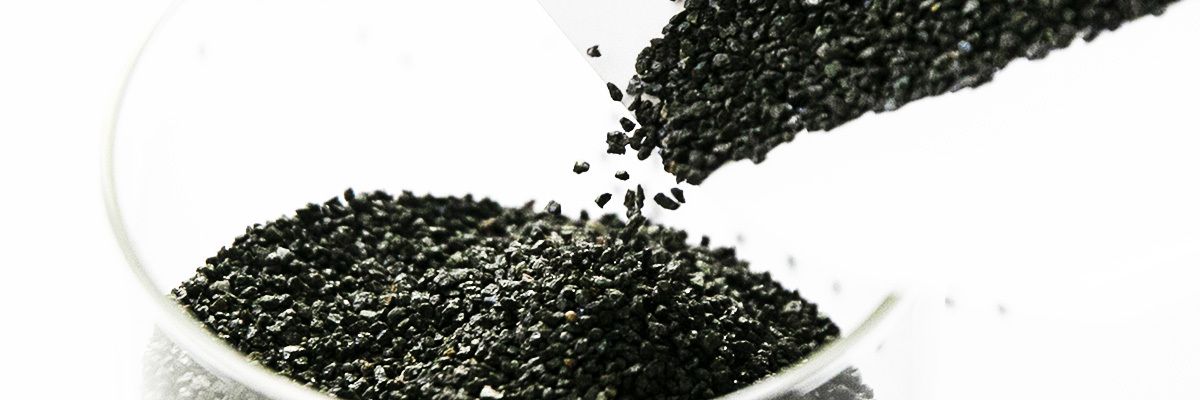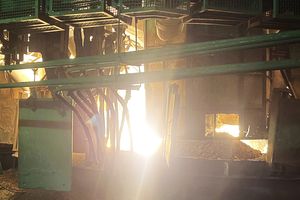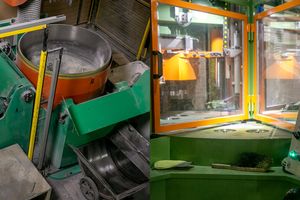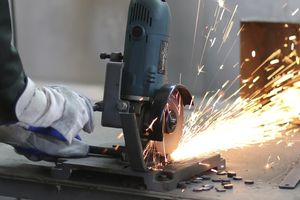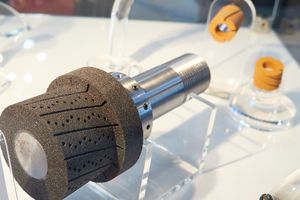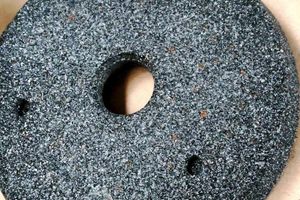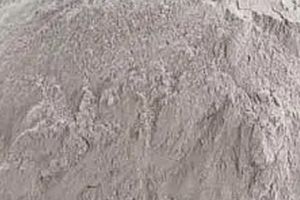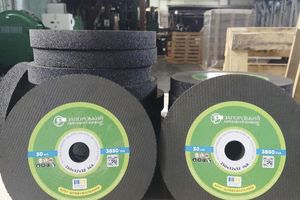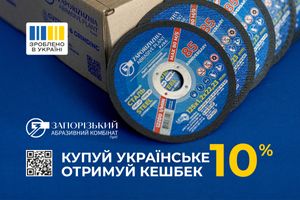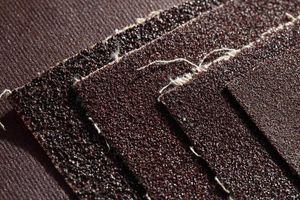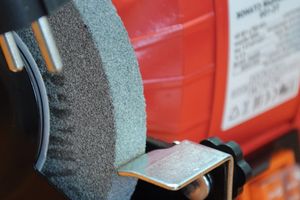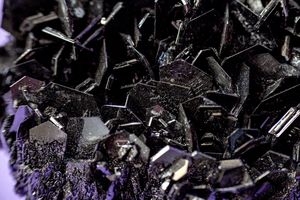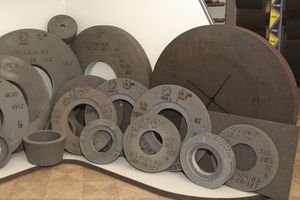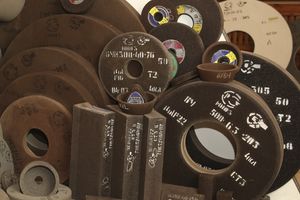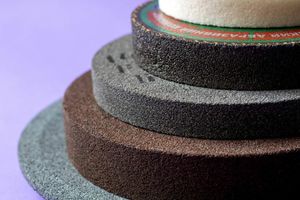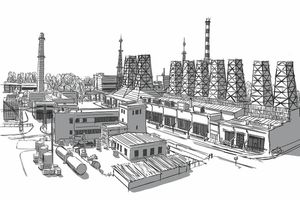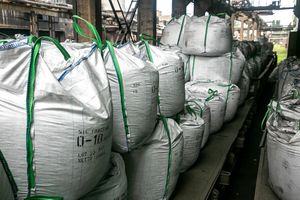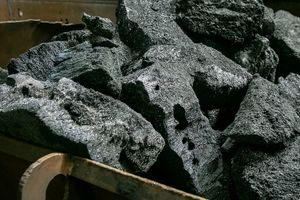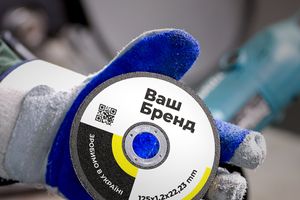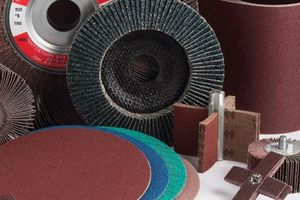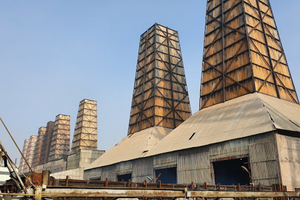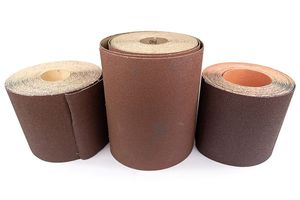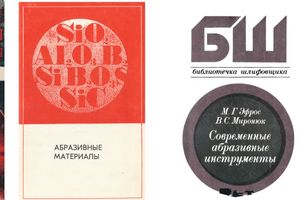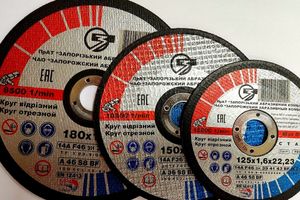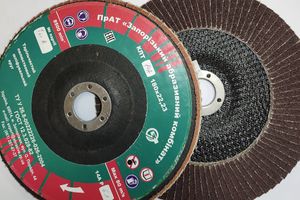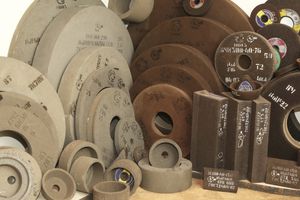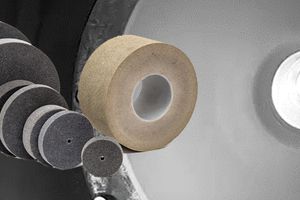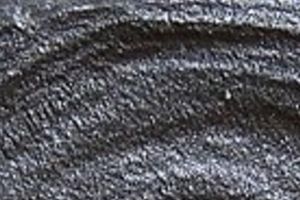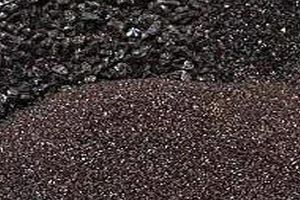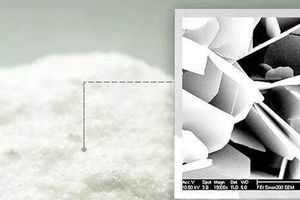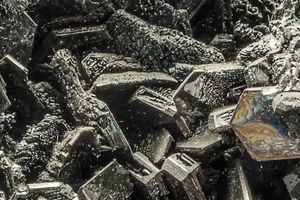Abrasive materials are an integral part of the modern manufacturing industry. They are used for grinding, polishing, cutting and other types of mechanical processing of materials. These materials help to achieve high accuracy and surface quality of processed products. In this article, we will consider the main types of grinding materials, their properties and applications.
The main types of grinding materials
Aluminum oxide (Al2O3)
Aluminum oxide is one of the most common grinding materials. It is characterized by high hardness and wear resistance, which makes it ideal for processing steel and other metal alloys. There are different types of aluminum oxide, among which corundum and electrocorundum are the most popular.
Silicon carbide (SiC)
Silicon carbide has a higher hardness than aluminum oxide and is commonly used for machining hard materials such as cast iron, ceramics and glass. It has good thermal conductivity, which allows you to effectively remove heat during grinding.
Boron carbide (B4C)
Boron carbide is an even harder material than silicon carbide and is used for superhard alloys and other hard-to-machine materials. It is used in industries that require extreme wear resistance and resistance to high temperatures.
Boron Nitride (cBN)
Cubic boron nitride is the second hardest material after diamond. It is used for machining ultra-hard materials, particularly high-carbon steels and alloy steels. cBN ensures high machining accuracy and long tool life.
Diamond
Diamond is the hardest grinding material and is used for the most difficult tasks such as grinding hard metals, stone and glass. It provides the highest quality of surface treatment and minimal tool wear losses.
Properties of grinding materials
Hardness
Hardness is a key property of abrasive materials that determines their ability to process other materials. High hardness ensures efficient grinding and long tool life.
Durability
Wear resistance characterizes the ability of the material to resist wear during processing. Abrasive materials with high wear resistance retain their properties for a long time.
Thermal conductivity
Thermal conductivity is important for the removal of heat generated during grinding. Materials with high thermal conductivity allow you to avoid overheating and damage to treated surfaces.
Fragility
Brittleness determines the ability of a material to break under load. High brittleness can be a disadvantage for abrasive materials, as it leads to rapid wear.
Application of grinding materials
Metalworking
Abrasive materials are widely used in metalworking for grinding and polishing metal surfaces. Aluminum oxide and silicon carbide are the most common materials for processing steels and other metals.
Automotive industry
In the automotive industry, grinding materials are used to process engines, gearboxes and other components that require high precision and surface quality.
Aviation industry
The aviation industry uses ultra-hard grinding materials such as boron nitride and diamond to machine turbines, blades and other high-strength parts.
Electronics
In the production of electronic components, grinding materials are used to polish silicon wafers and other materials, which ensures high precision and clean surfaces.
Construction and stone processing
Diamond grinding tools are widely used in construction and stone processing. They provide high quality processing and durability.
Technological processes using grinding materials
Grinding
Grinding is one of the most common material processing processes. It is used to remove excess material, level surfaces and give them the required shape.
Polishing
Polishing allows you to achieve high smoothness and gloss of the surface. This process is used for finishing and improving the aesthetic properties of products.
Cutting
Abrasives are also used for cutting materials, including metals, ceramics, and stone. Diamond discs and other cutting tools ensure high cutting precision and a long service life.
Milling
Milling using grinding materials allows you to process complex shapes and achieve high accuracy. This is especially important in the aviation and automotive industries.
Future trends and innovations
Modern research and development in the field of grinding materials is aimed at increasing their efficiency and reducing the impact on the environment. Innovations include the creation of new composite materials that combine high hardness and wear resistance with environmental safety.
Nanomaterials
The use of nanomaterials allows to achieve higher accuracy and quality of processing. Nanoparticles included in the composition of grinding materials improve their mechanical properties and durability.
Environmentally friendly materials
The development of grinding materials with a minimal impact on the environment is becoming more and more relevant. The use of biodegradable and health-safe components contributes to the reduction of harmful emissions and waste.
Additive technologies
Additive technologies, in particular 3D printing, open up new opportunities for creating grinding tools with unique properties. This makes it possible to manufacture tools with complex geometry and high precision.
Abrasive materials play an important role in many industries, ensuring high precision and quality of material processing. Understanding the properties and application of various types of grinding materials allows you to choose optimal solutions for specific tasks. Modern trends and innovations in this field are aimed at improving the efficiency, durability and environmental safety of grinding materials, which opens new perspectives for their use in the future.
